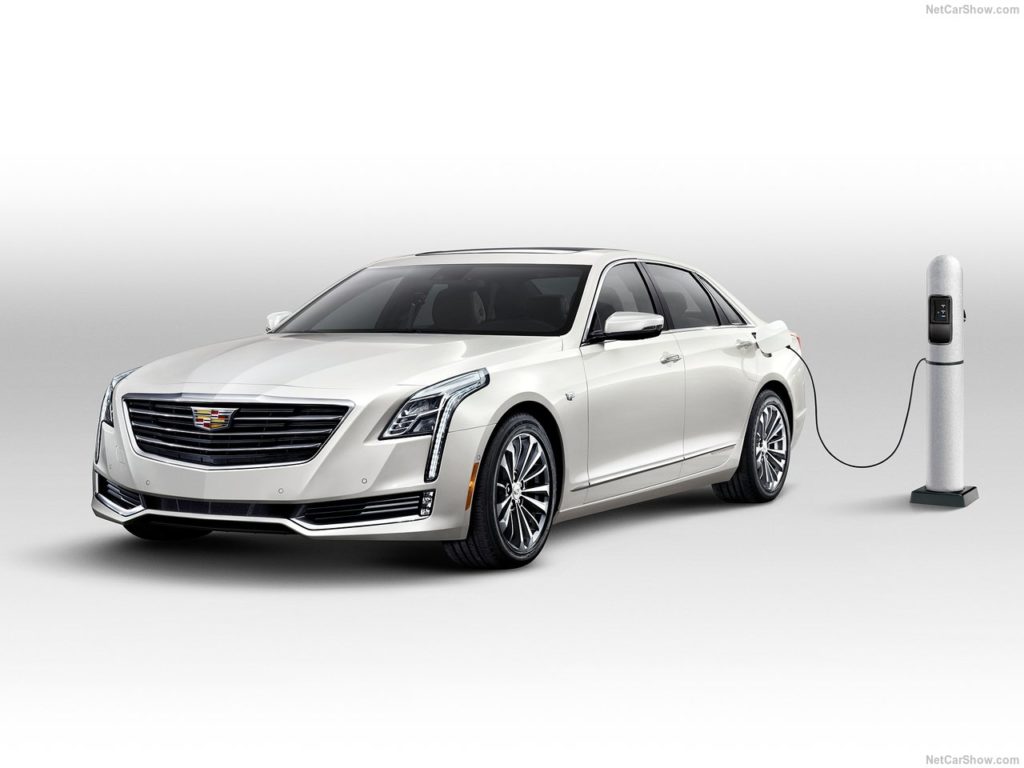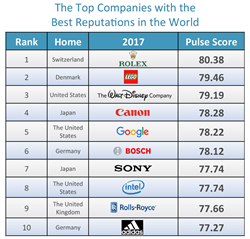
Demographic trends auto industryThe automotive market is experiencing the biggest disruption in its history. The a single-two punch of electric and autonomous cars will wreak havoc on the global automotive value chain. Classic auto dealers will endure a steady structural decline in every single profit source, like new vehicle sales, financing, repair and maintenance. After distinguished by powerful brands, autos increasingly will become commodities, especially to the subsequent generation of consumers. As new automotive solutions continue to multiply, based on changing consumer demand, OEMs will have significantly less and less control over the market. More than time, auto producers threat ending up as contract manufacturing businesses, much like Foxconn: They give the hardware although new innovators run the business, dominate the market place, personal the customer and earn the premium return.
We harness the energy of the highest-quality car, credit, demographic, transactional and behavioral resources – all beneath one roof. This data powers our scalable, easy-to-use solutions which help you win in the competitive automotive marketplace. As everywhere, firms hunting at opportunities in Bulgaria’s automotive sector will also face a set of risks such as poor infrastructure, downward demographic trends, and persistent corruption.

This partnership is believed to be a lagged good partnership with employment growth following GDP growth by an estimated one particular to 3 months. Even so, current investigation by Sawtelle suggests that this relationship could not be significant (or even good) for some industries as soon as we control for other economic factors beyond the scope of this article (such as the employment cost index). For far more data, please see Barbara Sawtelle, Analyzing the Hyperlink in between Actual GDP and Employment: An Market Sector Method,” Business Economics 42, no. 4 (2007): 46-54.
Demographic Modifications Spell Trouble Ahead For Auto Sectordemographic trends auto industry
demographic trends auto industryPrice pressures, new competitors from other industries, new components and technologies, and demographic trends are coming together to increase stress on automotive producers and their suppliers. If this trend continues and a third fewer Americans acquire their driver’s license, the significance will be significant. Urban settings with very good transportation will be in greater demand. The percentage of auto related jobs in America (most of which are very higher paying) will shrink. Probably there will be fewer dealerships as well but these that stay could be so large they might have the capability to manipulate markets. Fewer mechanics will be needed and autos will be created for older individuals rather than the young. The gasoline company (basically produced by John D. Rockefeller) will continue to shrink. Even though it is also early to modify investing in the auto sector, if this trend continues then urban housing, mass transportation and the attending industries that cater to them will thrive in the next decade while the auto industry and the attending industries that cater to that group will suffer.
Clearly the Net is a key enabler of alter in auto distribution. Many of the most essential auto market innovators these days are building Internet-based solutions, major some to predict that the most essential automotive company of the subsequent century will be a application-based business. Republic Industries, for instance, expects sales to attain $1 billion on the Planet Wide Net by the year 2000. Estimates vary, but some studies have shown that with some vehicles, as several as 40 percent of buyers collect info from the World wide web. A smaller sized but expanding percentage of buyers demonstrate what is known as shopping behavior, or soliciting value quotations and availability data prior to the actual acquire.
Experian Automotive is the worldwide power-property in information intelligence and is transforming the way the automotive business makes use of auto auto information to drive insights. Our distinctive advantage over other providers is our ability to leverage our multitude of data sources, all beneath 1 roof. From vehicle history, credit and industry reporting, in-depth hypertargeting and attribution solutions to sophisticated analytics and predictive modeling. Our customers can see trends and act prior to the competition.
Current Trends In Canadian Automotive Industriesdemographic trends in the automotive industry
demographic trends in the automotive industryThe automotive business is experiencing the biggest disruption in its history. The current boom in US auto demand, which largely offset the bust of the 2008-09 recession and has risen above the historic structural demand line, has obscured a pivotal demographic turning point as child boomers move into retirement (see Figure two). By the begin of the 2020s, the population development of 15- to 64-year-olds will decline to almost zero (see Figure 3). Bain investigation shows that the underlying structural demand for light automobiles in the US, absent the effect of the fantastic recession, would have been roughly 16 million in 2009 and 13.5 million in 2018. Our analysis shows that by 2025, demographic trends, absent other adjustments, will decrease total US car demand to about 11.5 million. A decline in immigration prices could push down structural demand to about 10 million vehicles per year by 2025.
For automotive companies, a crucial signpost for the industrial takeoff of electric cars will be the moment the price of an e-vehicle model falls beneath the price of the same model with an internal combustion engine. In the case of autonomous automobiles, an crucial signpost will be the launch of the very first large-scale commercial service. Waymo, Cruise and Uber plan to launch industrial solutions in 2019 on a controlled basis. Big-scale driverless solutions are additional off, but investors are betting the shift will come sooner rather than later. The marketplace capitalizations of the next generation of mobility companies such as Waymo, Uber and Tesla already have surpassed these of Ford and Common Motors (see Figure 5).
The automotive business is among the sectors that have seen the biggest expansion and in-flow of foreign investment more than the past decade. According to the Automotive Cluster Bulgaria, the major automotive market physique in the country, the sector employs 1% of Bulgaria workforce and contributes to a lot more than three% of GDP. Some of the biggest international automotive players have production facilities in Bulgaria. Low labour costs, qualified and skilled labour force and relative proximity and cost-free access to big West European markets, make Bulgaria an desirable location for big automotive organizations seeking to expand their operations.
The Planet Automotive Industry To The Year 2000demographic trends auto industry
demographic trends auto industryExpense pressures, new competitors from other industries, new supplies and technologies, and demographic trends are coming with each other to increase pressure on automotive producers and their suppliers. Millennials, meanwhile, are widely considered to be the most tech savvy generation, and value issues like personalization in their cars, brand authenticity, and a seamless digital experience that makes it possible for them to bounce from mobile to tablet to laptop and back once more. Simply because the automotive sector currently bakes personalization into so many elements of digital, they are succeeding in significantly of what Millennial consumers need. The sector is also beginning to embrace Millennials as a sturdy supply of income-as an age group, they have an estimated $1.68 trillion dollars in spending energy, according to CEB Iconoculture Consumer Insights.
The collapse in auto sales in the coming years could be as serious as it was in the course of the great recession, when once again reducing automobile sales under historic structural demand levels. Only this time, the sharply reduce demand will be permanent. Our evaluation suggests the total number of US autos now in circulation already includes 10.five million vehicles in excess of structural demand, which is most likely to deepen the sales decline in a recession. By the time the economy starts to recover, altering demographics will have substantially decreased the total pool of prospective car buyers.
Recent sales and exports development have not been accompanied by substantial job development or capital spending growth. Automotive industries employed, in 2012, 25% less individuals than in 2007, and 33% much less men and women than in 2000. Growth in true output from 2009 to 2012 outpaced development in hours worked, as labour productivity increased 23%. Capital spending by automotive industries has not sophisticated from declines throughout the recession, and in 2012 remained about 62% below 2007 levels.








